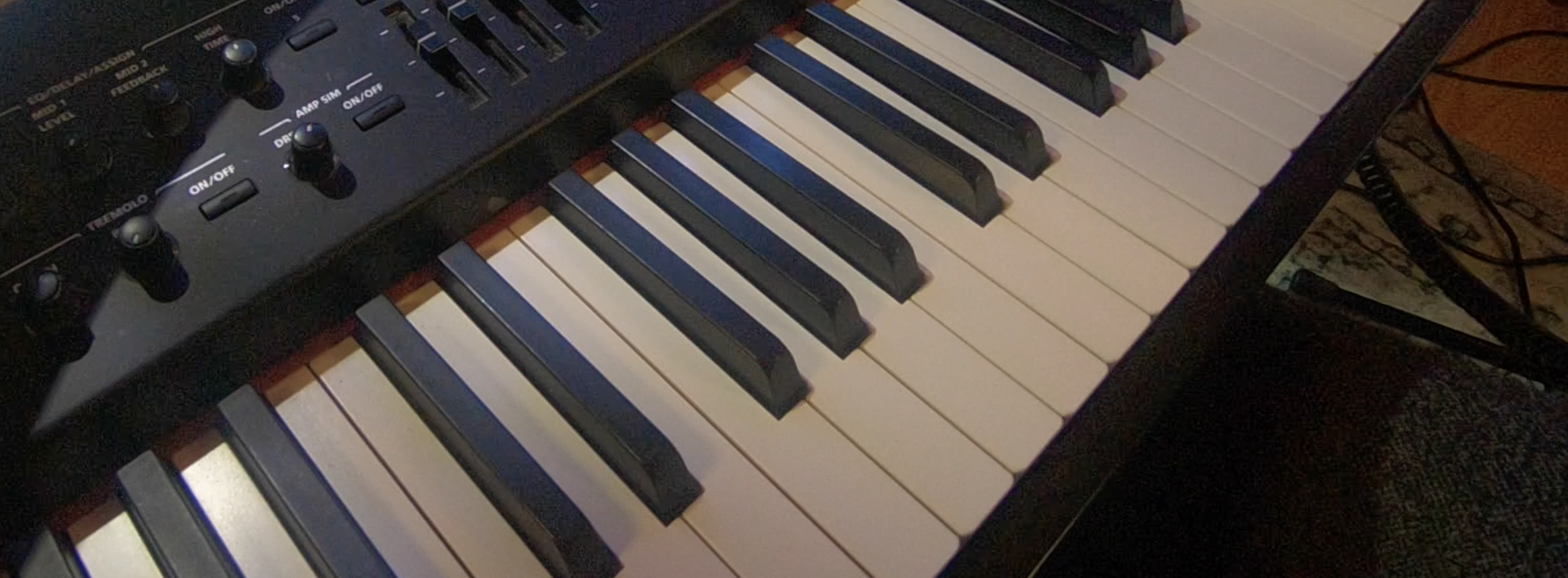
Triads
Triads are 3 note combinations with variations. Each triad has a specific recognizable sound and meaning. Once you get to know the triads you can easily place them into musical context. They are a powerful tool that can provide a framework for one’s composition. Triads serve as a foundational component in musical creation. In this course, you will learn the basics of combining and using triads. Triads will expand your knowledge base thus opening your mind to possibilities and engaging your creativity.
We will use the piano as our tool to get to know triads and begin visualizing the triads coming to life. In this course, I will share with you great exercises to learn, develop and apply triads. Triads are one of the most powerful tools in creating your own music compositions. This course has 5 videos - over 2.25 hours of instruction.
This class is for you if:
You are ready to explore the building blocks of chords.
You would like to expand the voicings and tones you produce on your instrument.
You want to move beyond playing by ear and develop / understand music knowledge and theory.
You are committed to building a proper foundation for your music creation.
Course Requirements:
Have beginner knowledge of your instrument. We present everything on piano, but the goal is to translate this into whatever instrument you play or use to compose.
Knowledge of basic music notation.
Triads Module 1
Introduction
12 note technique
7 note awareness
7 notes in use
Making your sound bigger
Let’s talk about Intervals
Aliquots and acoustics
The Intervals and relationships
How to build a triad
Building first triads
Major Triad Intro
How to build a Major Triad
Counting the intervals
Minor Triad Intro
How to build a minor Triad
Counting the intervals
How to practice Major and Minor TRIAD
Exercises and guidance how to practice
New Perspective
Triads Module 2
Minor Triads in test - BIG EXAM- Review
Introducing Sharps and Flats
Sharps Breakdown
Look of the sharps and how to find them
Harmonic Movement Up
Random Chord Practice
Sharps in writing
Sharps in use
Triads Module 3
Flats Breakdown
Look of the flats and how to fine them
Harmonic Movement Down
Random Chords Practice
Flats in writing
Flats in use
Obstacles
Guidance how to practice
Use your own eyes
It takes time to see intervals
It is a mental game
Your dedication is everything
Raising or lowering 3rds to change major to minor and minor to major triad.
12 Keys approach to your practice.
Guidance and recommendations.
Triads Module 4
INVERSION of the TRIADs MAJOR
Introducing New Intervals : Perfect 4th
Work with perfect 4th, ways to see it and develop it
Introducing FIRST INVERSION of the MAJOR TRIAD
12 Keys Application
Introducing SECOND INVERSION of the MAJOR TRIAD
Ways to develop, tips and guidance
Ways to play it; Harmonic approach vs Melodic approach
Triads Module 5
INVERSION OF TRIADs MINOR
FIRST INVERSION into MINOR TRIAD
12 Keys Application
Introducing SECOND INVERSION of the MINOR TRIAD
Ways to develop, tips and guidance
FIRST AND SECOND INVERSIONS all together
Inspirational presentation/ Inspirational conversation
New Ways to practice your daily routine.
DIMINISHED & AUGMENTED TRIADs
Introducing New Intervals: #4
1st and 2nd Inversion of the DIMINISHED TRIAD
1st and 2nd Inversion of the AUGMENTED TRIAD
Final Thoughts
$87 Lifetime Access
or 3 monthly payments of $33
Or check out our Chord World Bundle: Triads, Seventh Chords & Tensions for just $160! That’s 50% off the single course pricing.
When you click the Join Now Button, you will be directed to create an account. This account will serve as your login to all Royal Composer Courses that you purchase. Once you’ve created an account, you will be directed to make your payment. Once payment is made, you will receive immediate access to your course via our website. The login button for your Royal Composer Courses is on the bottom right of all RoyalComposer.com website pages.
“Very logical and sequential explanations of triad construction and chord quality. It was very nice to have musical adaptations of the inversions for the listener to realize that real music can be made by manipulating the inversions and adding a rhythmic component.
”



